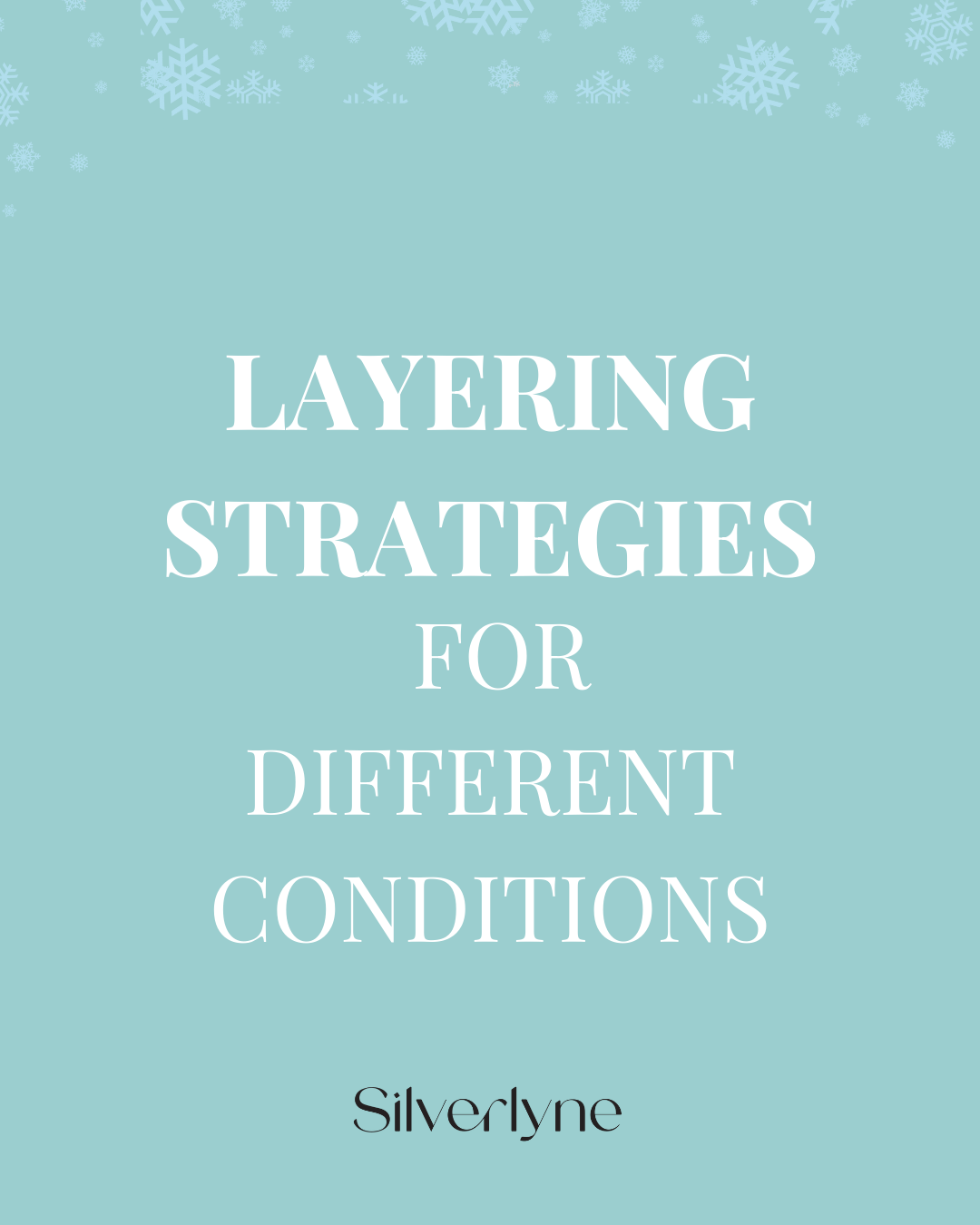
Mastering Layering
Share
Understanding Base, Middle, and Outer Layers for Every Condition
When temperatures drop, layering your clothing correctly can mean the difference between comfort and discomfort—or even safety and risk. The key lies in understanding the purpose of each layer: the base layer, middle layer, and outer layer. Each serves a unique function, and when combined thoughtfully, they create a versatile system that adapts to various conditions. Let’s break down each layer and explore when and how to wear them.
1. Base Layer: The Foundation of Warmth
The base layer is the closest to your skin, and its primary function is moisture management. This layer wicks sweat away from your body to keep you dry, which is essential for maintaining warmth. Wet skin loses heat up to 25 times faster than dry skin, making this layer critical in cold or fluctuating temperatures.
Materials and Why They Matter
- Merino Wool & Angora Wool: Natural fibers like Angora are exceptionally lightweight, soft, and insulating. They excel at wicking moisture while retaining heat, making them ideal for extremely cold conditions.
- Synthetic Fabrics: Polyester and nylon dry quickly and are often used in high-intensity activities. However, they may not retain warmth as well as natural fibers.
- Cotton: Avoid as a base layer. It absorbs moisture and holds it, which can lead to rapid cooling.
When to Wear a Base Layer
- Cold Weather: As a standalone layer during mild winter activities like running or as the foundation for colder conditions.
- Sweat-Inducing Activities: For hiking, skiing, or climbing where sweat is expected, even in cool temperatures.
Temperatures and Scenarios
- Below 50°F (10°C): Always wear a base layer to prevent moisture buildup.
- 40°F and Below (4°C and Below): Opt for thicker, insulating base layers like Angora blends for maximum warmth.

---
2. Middle Layer: The Insulator
The middle layer traps body heat to create a warm barrier between the base and outer layers. Its efficiency depends on the material’s ability to retain warmth without excessive bulk.
Materials to Look For
- Fleece: Lightweight, breathable, and affordable, though it can struggle in windy conditions without an outer layer.
- Down or Synthetic Insulation: Down is highly compressible and warm but loses efficiency when wet. Synthetic alternatives retain warmth even when damp.
- Wool Blends: Heavier than fleece but exceptionally warm and breathable, perfect for prolonged outdoor exposure.
When to Wear a Middle Layer
- Cold Weather Sports: Activities like snowshoeing or skiing where heat retention is critical.
- Extended Exposure: When you’ll be stationary or outdoors for long periods, such as ice fishing or winter picnics.
Temperatures and Scenarios
- 30°F to 50°F (-1°C to 10°C): A light fleece or wool middle layer is often sufficient.
- Below 30°F (-1°C): A thicker down or insulated layer provides maximum warmth.
---
3. Outer Layer: The Protector
The outer layer, or shell, shields you from external elements like wind, rain, and snow. This layer is designed to be weatherproof while maintaining breathability to allow moisture from the inner layers to escape.
Materials and Features
- Waterproof Fabrics: Gore-Tex and similar membranes block water while allowing vapor to escape.
- Softshells: Ideal for milder weather, offering breathability and moderate water resistance.
- Hardshells: Necessary for extreme conditions, providing full waterproofing and windproofing.
When to Wear an Outer Layer
- Wet or Windy Conditions: Protects your inner layers and retains body heat.
- Dynamic Weather: Essential for environments where weather can shift rapidly, such as mountain hikes.
Temperatures and Scenarios
- 40°F to 60°F (4°C to 16°C): A softshell is often enough for wind and light rain.
- Below 40°F (4°C): Pair a waterproof, windproof shell with insulating inner layers.

Layering Strategies for Different Conditions
Mild Cold (40°F to 60°F / 4°C to 16°C)
- Base Layer: Lightweight Angora or synthetic fabric.
- Outer Layer: Softshell jacket for wind resistance.
- Use Case: Fall hikes or early morning runs.
Moderate Cold (20°F to 40°F / -6°C to 4°C)
- Base Layer: Midweight Angora or merino wool.
- Middle Layer: Fleece or light wool.
- Outer Layer: Waterproof shell if rain or snow is expected.
- Use Case: Skiing or snowboarding in mild winter.
Extreme Cold (Below 20°F / -6°C)
- Base Layer: Heavyweight Angora for maximum insulation.
- Middle Layer: Thick down or synthetic insulation.
- Outer Layer: Fully waterproof and windproof hardshell.
- Use Case: Mountaineering or long periods of inactivity in freezing weather.
---
Why Base Layers Matter Most
While all layers are critical, the base layer is the foundation. A poorly chosen base traps moisture, making even the best middle or outer layer ineffective. Conversely, a high-quality base layer like Angora ensures dryness and warmth, setting the tone for the entire system.
---
Ready to upgrade your layering system? Explore premium Angora base layers designed to keep you warm, dry, and comfortable in any condition. Shop now.

